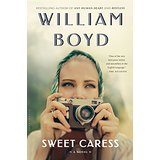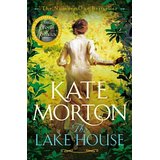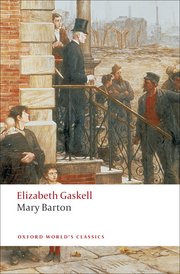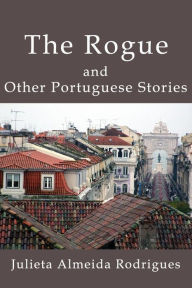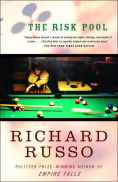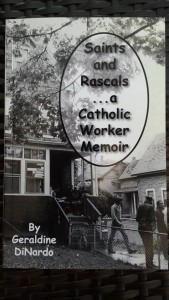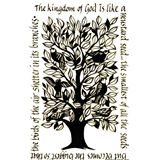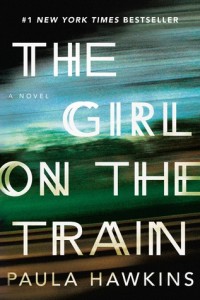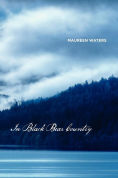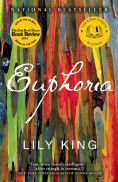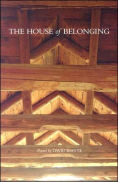Boyd is another author of many books who is new to me. This one sounded like something I’d love: the story of a fictional photographer, Amory Clay, living through the first three-quarters of the 20th century. A professional woman’s life, the events of the last century, a much-loved author (apparently) with multiple awards, rave reviews for this novel: what could go wrong?
Much, apparently. While the story had moments of interest, I found it hollow at the core. Not only was it not compelling, it was rather boring. I’ll get to the reasons for that in a bit.
The story is narrated by Amory in straight-forward past tense, occasionally interrupted by journal entries from 1977, the “present” of the story. Born in 1908, Amory has a charmed childhood. Boyd includes fun quirky details such as her earliest memory being of her father doing a handstand. However, her father returns from the Great War damaged in ways that are not visible. Meanwhile, a friend of the family, “Uncle” Greville, has given Amory a camera, setting her on the path to her eventual career.
The story follows her life through high points of the next decades, such as Berlin in the 1920s and New York in the 1930s. She becomes one of the first female war photographers in World War II and later in Vietnam. A successful career woman, she publishes books of her photos and works on magazines.
The book is sprinkled with photographs, found by the author at places like estate sales and included to enhance the illusion that Amory is a real person. However, they backfired for me because their quality was so poor. I could not accept them as favorite prints of an accomplished photographer.
I was interested in her career, but in fact, the story is much more concerned with her love life. That sigh you hear? That’s me. Maybe a giddy 20-year-old would be more obsessed with her affairs than her art and career, but across a woman’s entire lifetime? It felt like a male author’s fantasy of a woman’s preoccupations. I should have been warned by the title.
The other reason the book felt empty to me is that Amory herself is hollow. She lives through exciting and terrifying events without any emotion. In fact, there were only two brief moments in the entire story where I detected any tremor of feeling. Since Boyd is supposedly such an accomplished author, I have to assume this is deliberate.
Can anyone, male or female, be so cold as this woman? It may be reticence rather than coldness, but it still keeps the book from engaging the reader. After the first terrible event, she says, “I had what I now suppose was a form of nervous breakdown.” That’s not really enough to stir feeling in a reader. As Donald Maass—an incredible writer, agent and teacher—says: just telling the reader a character feels an emotion doesn’t make the reader feel it.
It’s a shame because the story is so promising and the prose, aside from its lack of emotion, well done. Dialogue is crisp; settings and characters economically and effectively described; action scenes tight.
In The Midnight Disease: The Drive to Write, Writer’s Block, and the Creative Brain, Alice W. Flaherty differentiates between cognitive meaning and emotional meaning. Of the latter she says, “This noncongitive notion of meaning, a sense of emotional importance or ultimate goal, is independent of the more traditional semantic notion of meaning as definition or intellectual content.” She also calls them “temporal lobe meaning and limbic meaning”, suggesting that they are processed by different parts of the brain.
Perhaps Boyd meant this story to be cerebral rather than emotional. If that were so, though, surely it would be more productive to focus on something other than Amory’s love affairs: world events perhaps, or what it was like to be one of the first women in a male-dominated field, or even what it was like to have a career at a time when few women did. If the women’s suffrage movement or second-wave feminism were mentioned, I must have missed them.
If you’ve read this or other of Boyd’s books, please let me know in the comments what you thought of them.
What novel have you read that captures the entire span of a character’s life?
